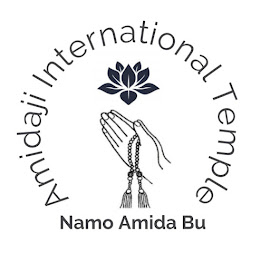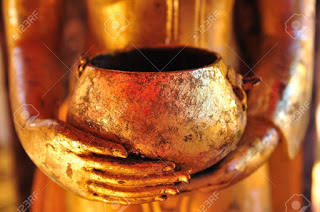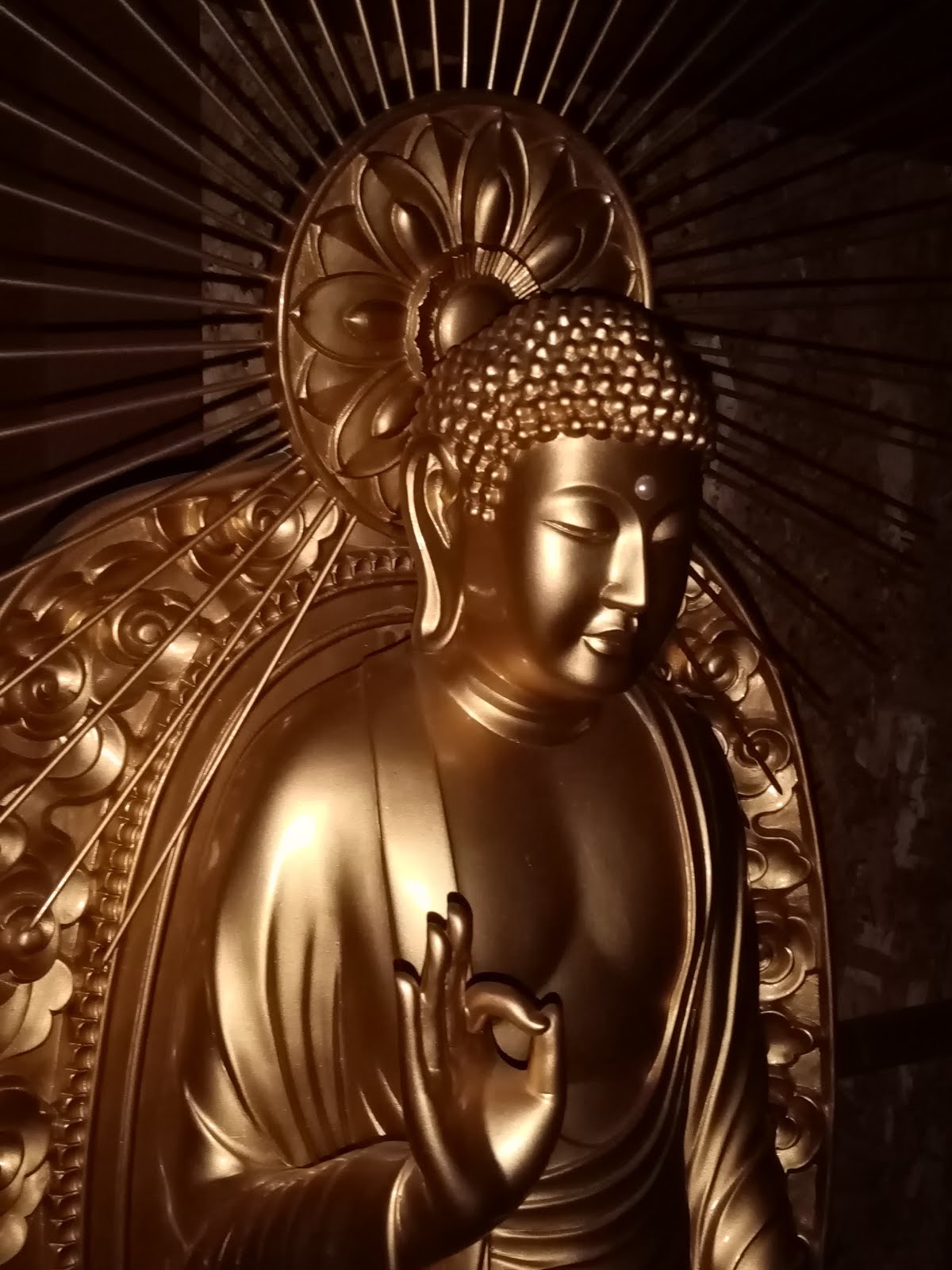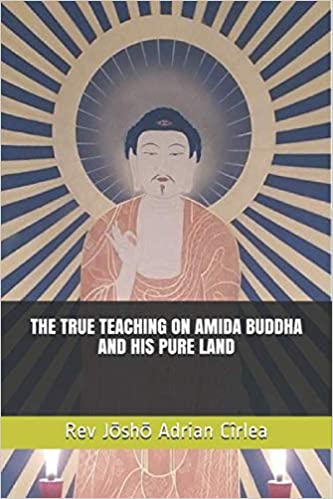 |
| planting a sycamore tree and a maples tree in front of the Hondo (Dharma Hall) |
2 sour-cherry trees, 3 hazel trees, 1 almond tree, 1 peach
tree, 2 birch trees, 1 maple tree, 1 ash tree, 1 sycamore tree, as well as five
blackberries, five raspberries, three blackcurrant, three redcurrant, seeds of
blue morning glory on the west side of the land in the hope that they will
quickly cover that fence. I hope all of them will go well. The whole courtyard
of the temple will look better when the trees will make leaves.





























